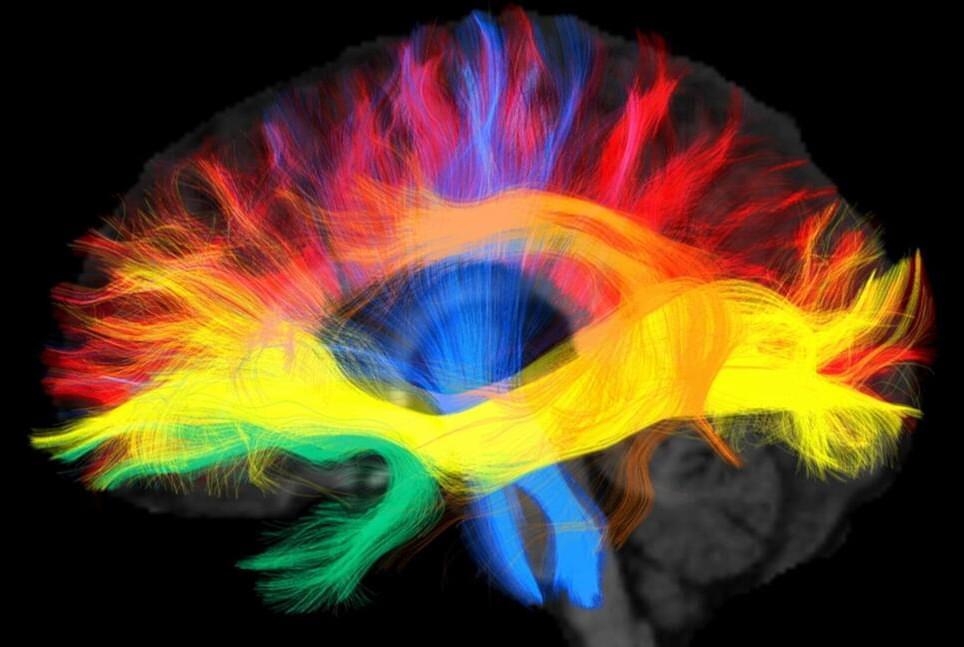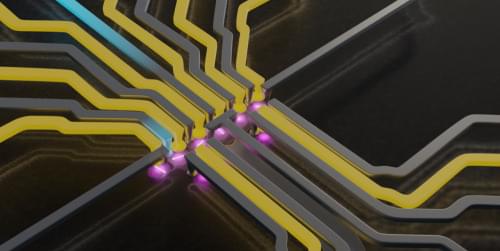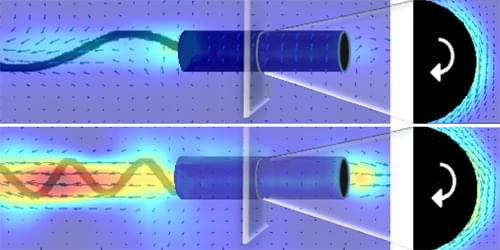A system of robots that harvest and transport crops on their own without human assistance has been developed for use in agricultural facilities such as smart farms.
The research team under Choi Tae-yong, principal researcher at the AI Robot Research Division’s Department of Robotics and Mechatronics of the Korea Institute of Machinery and Materials, an institution under the jurisdiction of the Ministry of Science and ICT, has developed a multiple-robot system for harvesting crops.
This technology can be used to help at agricultural sites where there is a noticeable shortage of manpower by harvesting crops through an automated system. This system also includes robots that use autonomous driving technology to then transport the harvested crops to loading docks.





